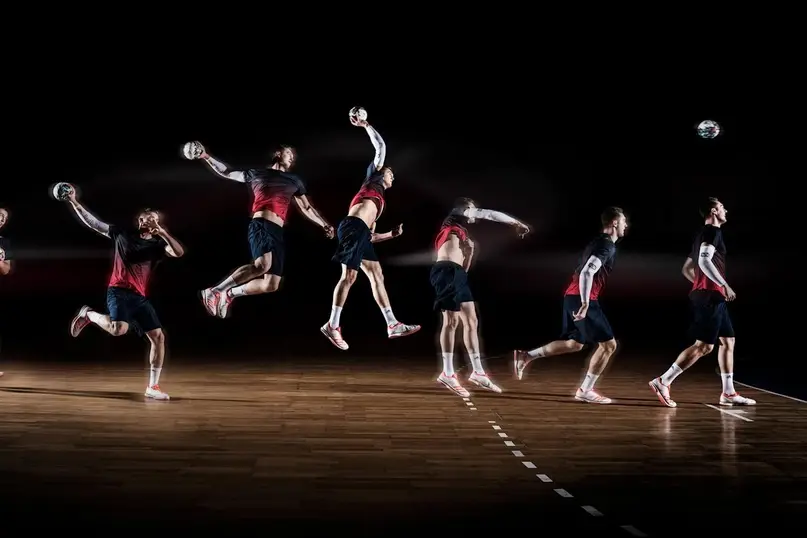
Our blog offers you not only fascinating articles, but also in-depth analytics, as well as comprehensive reviews of key tournaments that attract the attention of viewers and athletes. Join our growing community of fans of this dynamic and spectacular sport, and immerse yourself in exciting events and news that will not leave you indifferent!
To learn moreHandball is a dynamic and exciting sport that is gaining popularity all over the world. This team sport requires high physical fitness, tactical thinking and well-coordinated teamwork from the players. In our blog, we will share interesting facts about handball, talk about the highlights and stars of this sport, as well as discuss the latest news and trends in the world of handball. Join us to learn more about this exciting sport!
Find out the details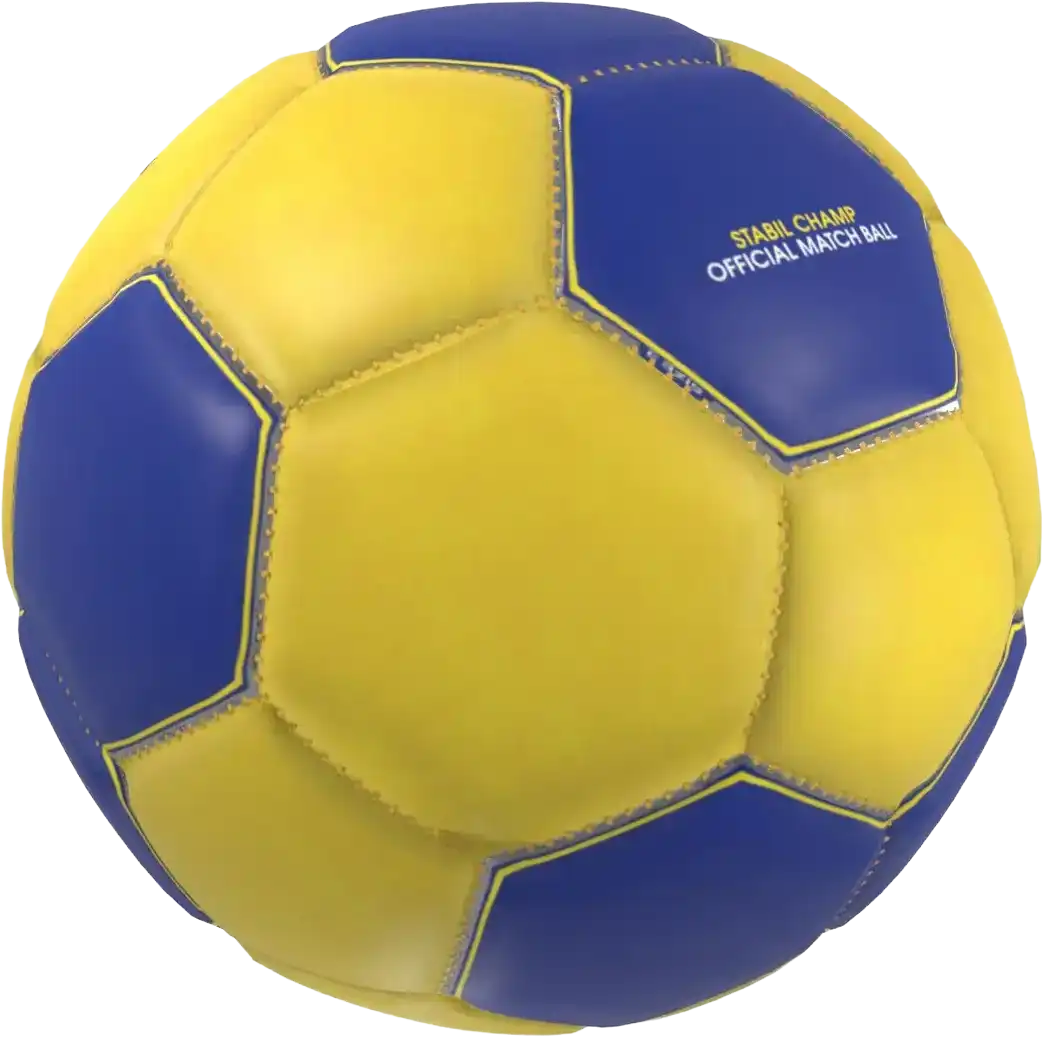
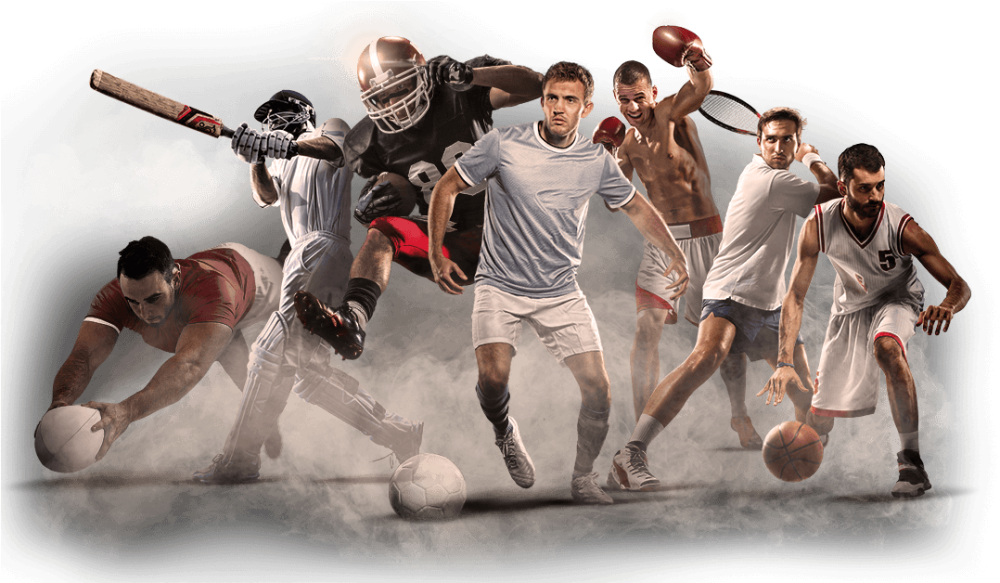
Handball vs football — not just a sports comparison. It’s a choice between two systems of movement, thinking, and interaction. Both types of team sports require colossal physical preparation, strategic thinking, and tactical precision. However, the game structure, physical demands, skill requirements, and even training styles differ significantly. To choose the optimal direction, it is …
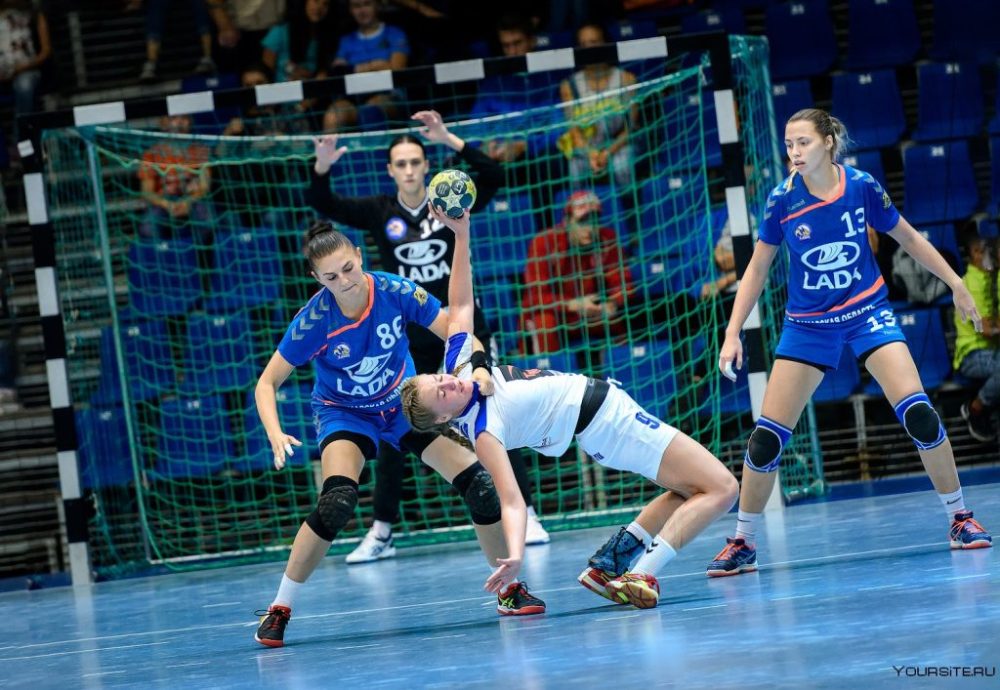
Handball is not just a sport. It is a symbiosis of strategy, endurance, and lightning-fast interaction. The essence of handball lies in swift attacks, continuous movement, and the ability to create dangerous moments in a limited space of the court. Every pass, every throw requires precision, and any mistake can cost victory. The format is …

Handball is a dynamic team discipline with precise mechanics, instant decisions and speed, where every second and step determines the outcome of an attack. Learning the structure of the game requires an understanding of specific movements, technical fundamentals and tactical flexibility. To know how to learn how to play handball, it is necessary to know …
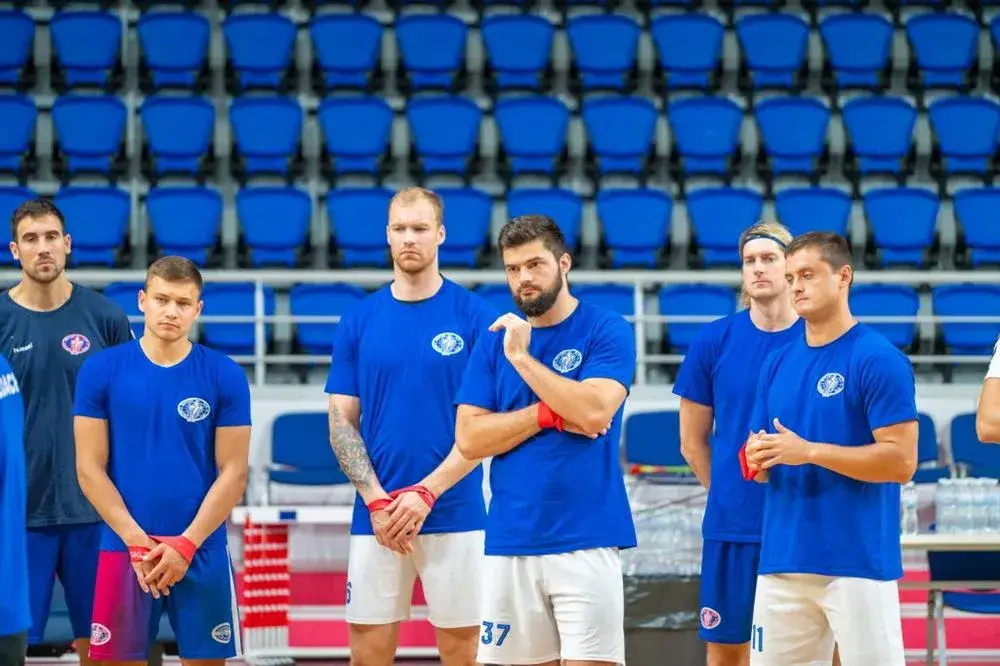
The handball transfer window was one of the most high-profile events in the world of handball in 2025. Hundreds of deals, ranging from high-profile transfers to smaller ones, seriously affected the balance of power in the major leagues. The transfers of 2025 have caught the attention of pundits and fans alike, changing the make-up of …
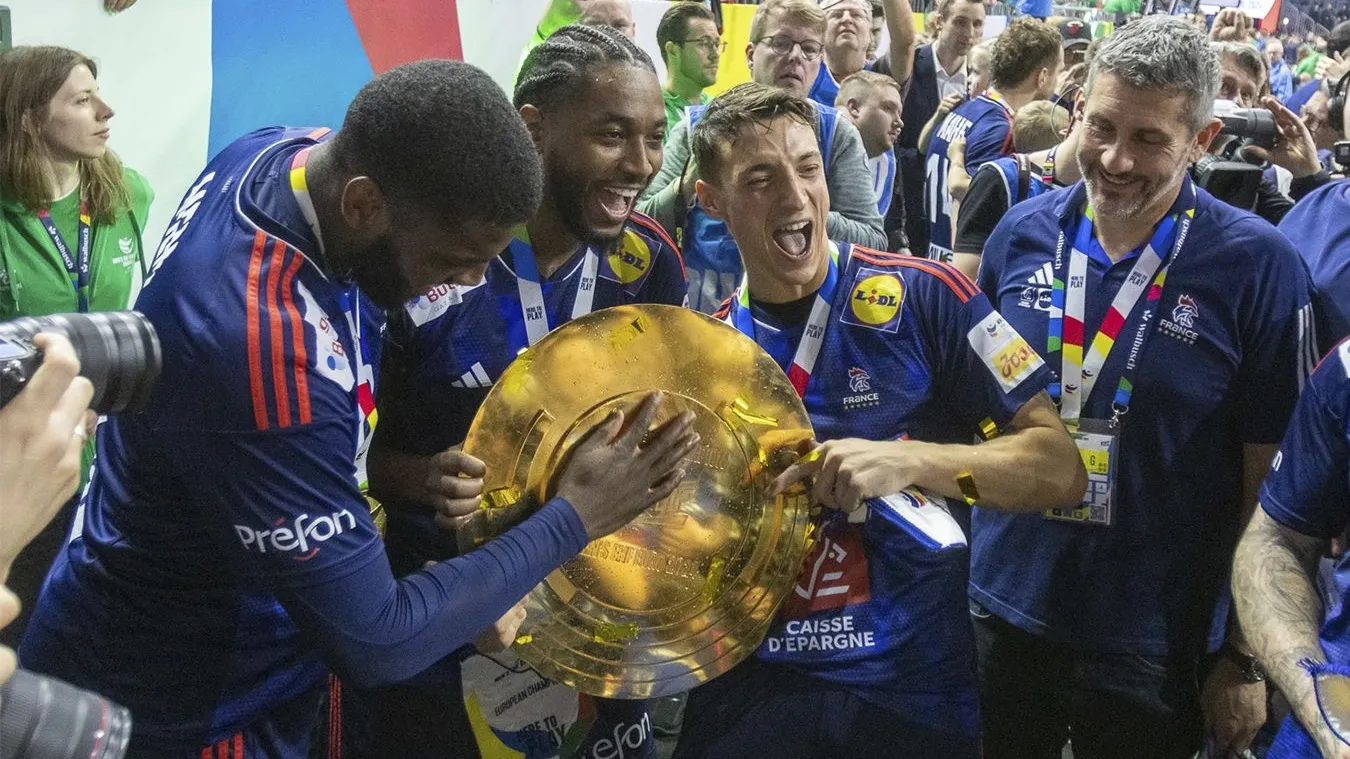
The European Handball Championship is one of the most important tournaments in the world, bringing together millions of fans, top players, and national teams from all over the continent every year. Its creation was not only a further step in the development of the sport, but a historic event that laid the foundation for the …
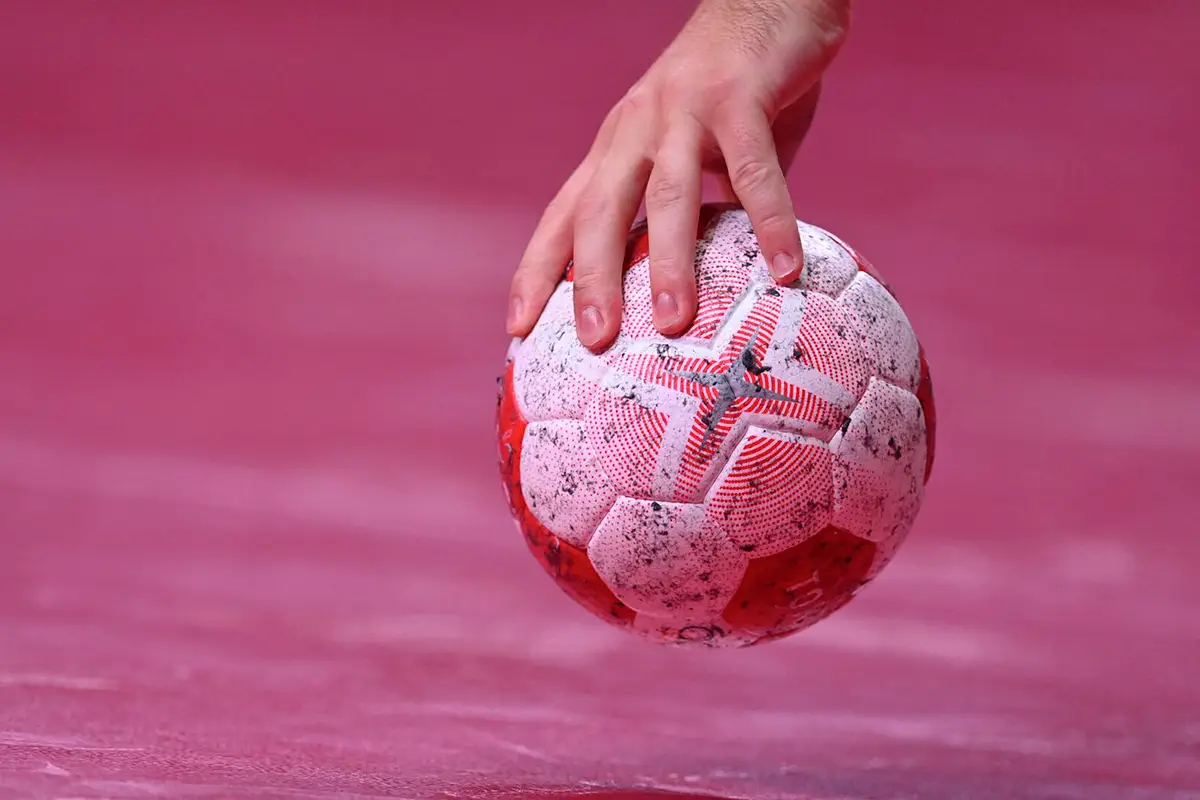
You can’t mess around with a handball. If you make a mistake with your choice, the training becomes a farce. The projectile bounces around, flies past the target, knocks your fingers out and doesn’t stay in your hand. To avoid such “tricks”, it is important to understand in advance how to choose a handball. Below …
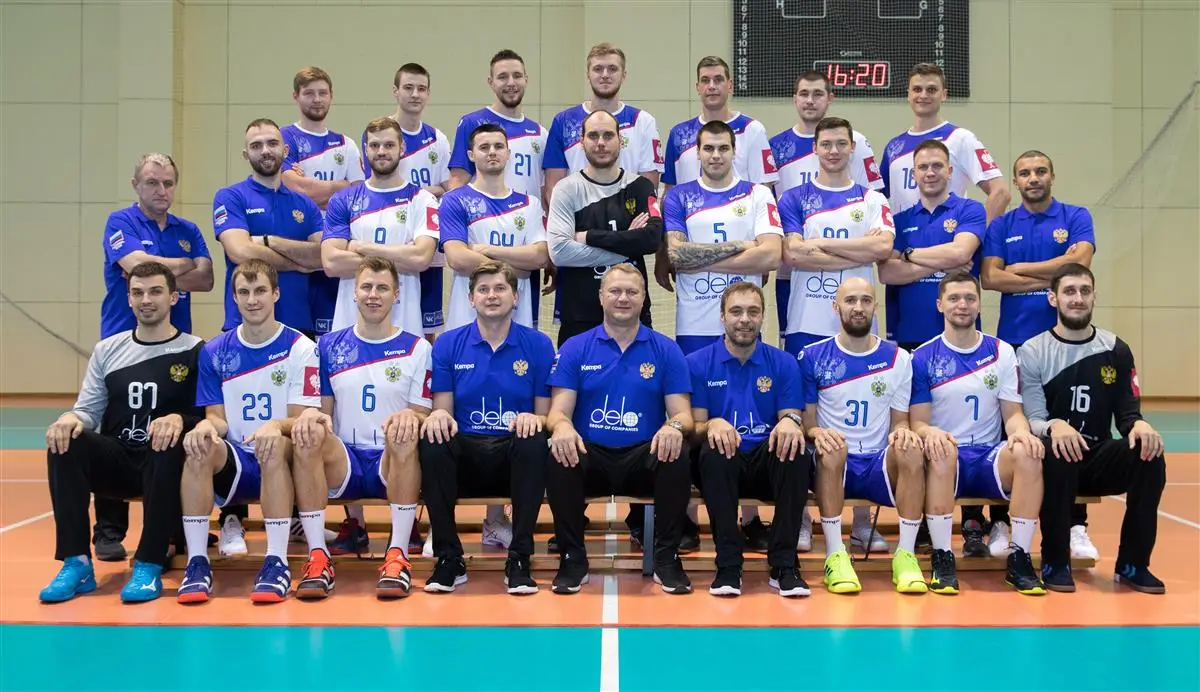
Handball combines speed, intelligence and team tactics. Over the decades of development, some teams simply participated, while others rewrote history. The best handball teams of all time have not only left their mark on the rankings but also on the minds of fans. Their style, dominance and strategic decisions have changed the approach to preparation, …
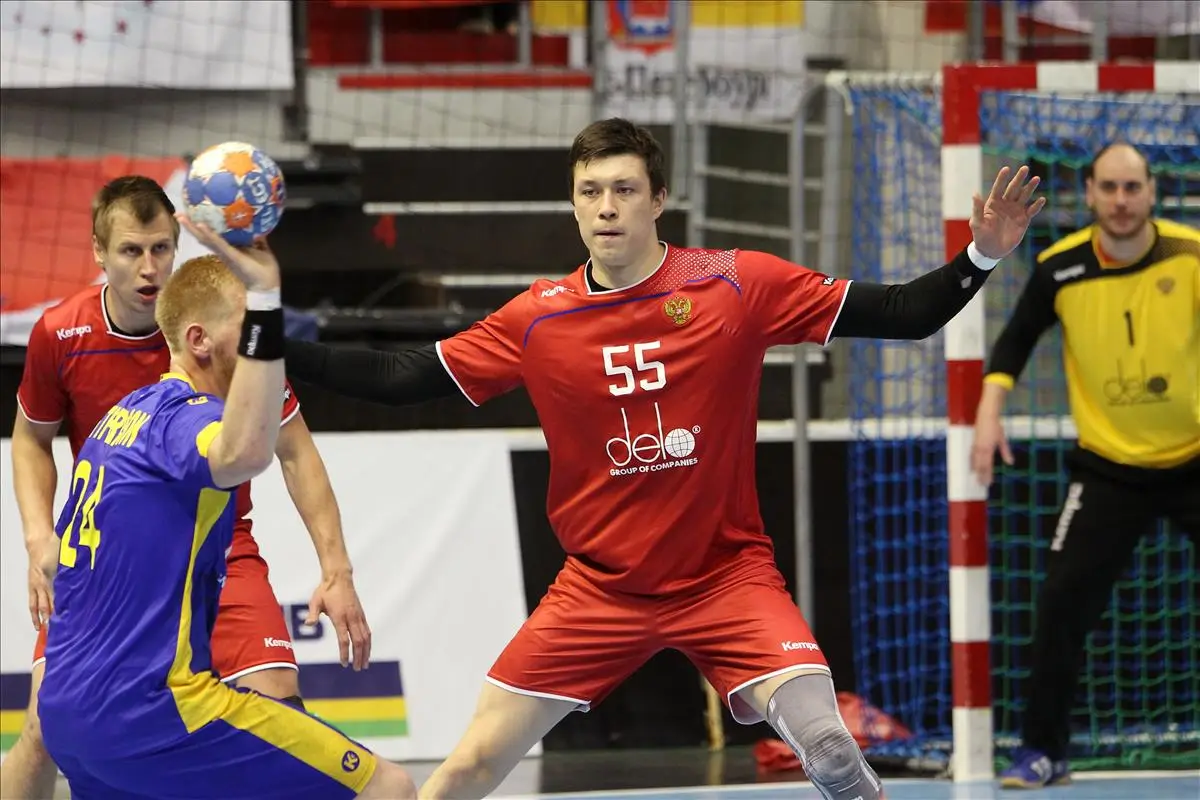
Handball is a fast-paced team sport that combines the principles of tactical football, shooting mechanics from basketball, and close contact interaction similar to hockey. Every movement on the court has a purpose: to create a moment, break out of the zone, make a shot, or prevent a pass. Teamwork plays a decisive role, and individual …
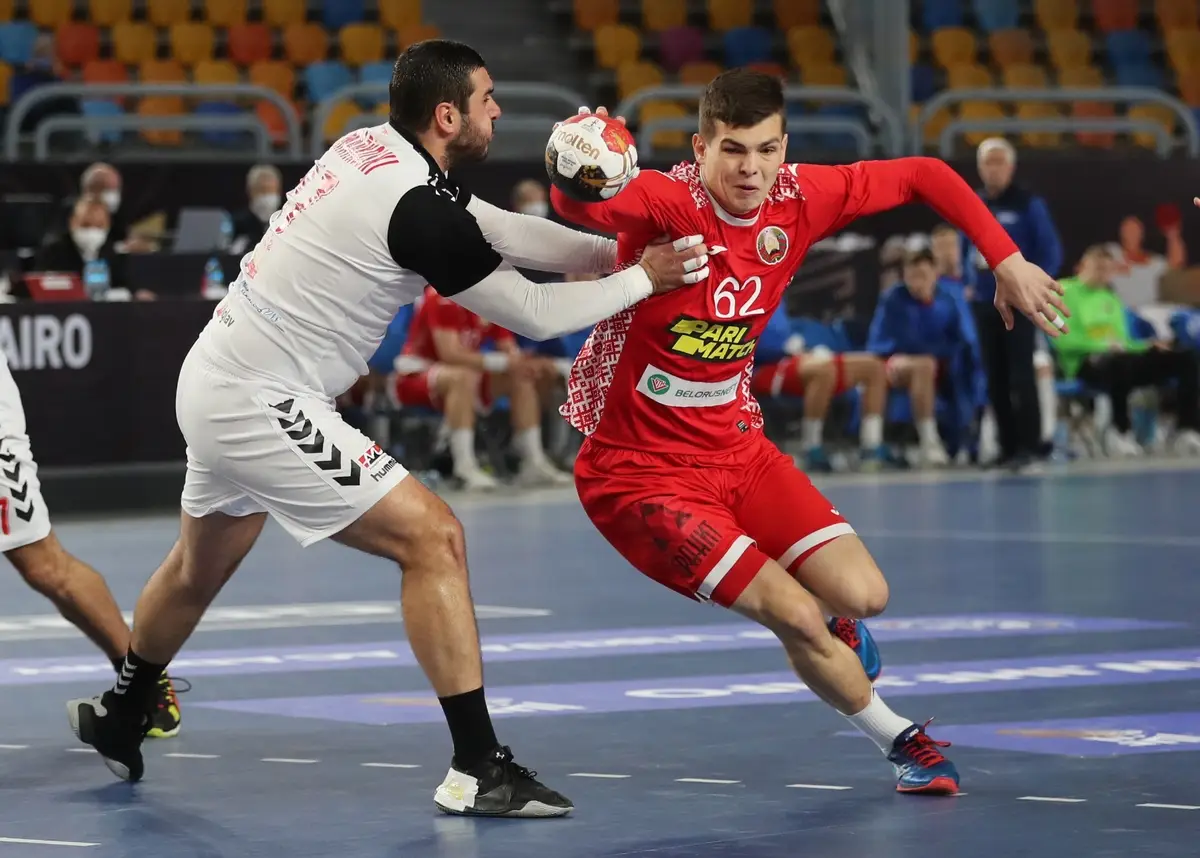
Handball remains one of the most spectacular team sports, but at the same time one of the most undervalued sports in financial terms. The physical level, the contact, the tactics, the speed… everything is top class, but salaries are only discussed in whispers. It is time to address this issue: how much do handball players …

Handball develops not only physical strength, but also character. This dynamic sport combines agility, coordination, discipline and thinking skills in one training session. When choosing a sport, this sport offers three growth opportunities: physical, intellectual and social. The benefits of handball for children are noticeable after just a few months of training: in the way …
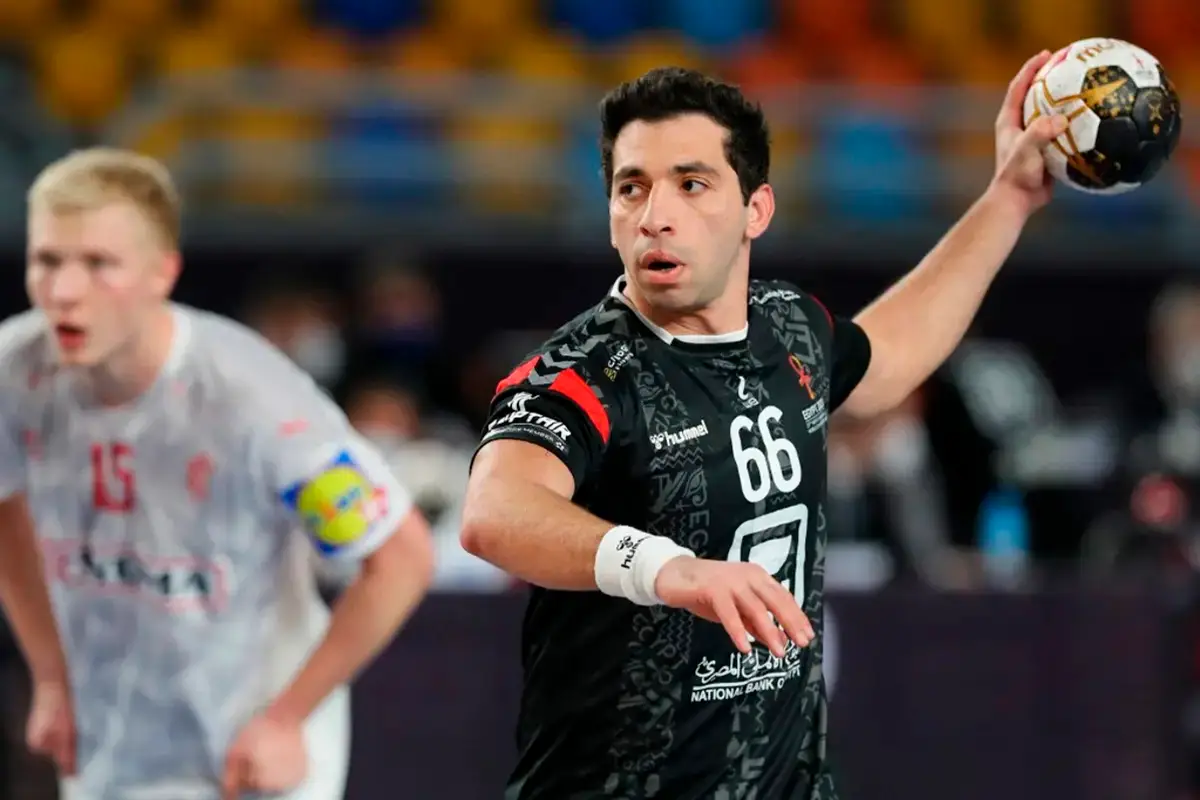
Handball is a fast and contact sport. It requires endurance and instant decision making. Because of the intense workload, the body wears out faster. But there are titled handball players who continue to perform at the top level despite their age. Their perseverance, professionalism and desire to win make them living legends. Their careers have …
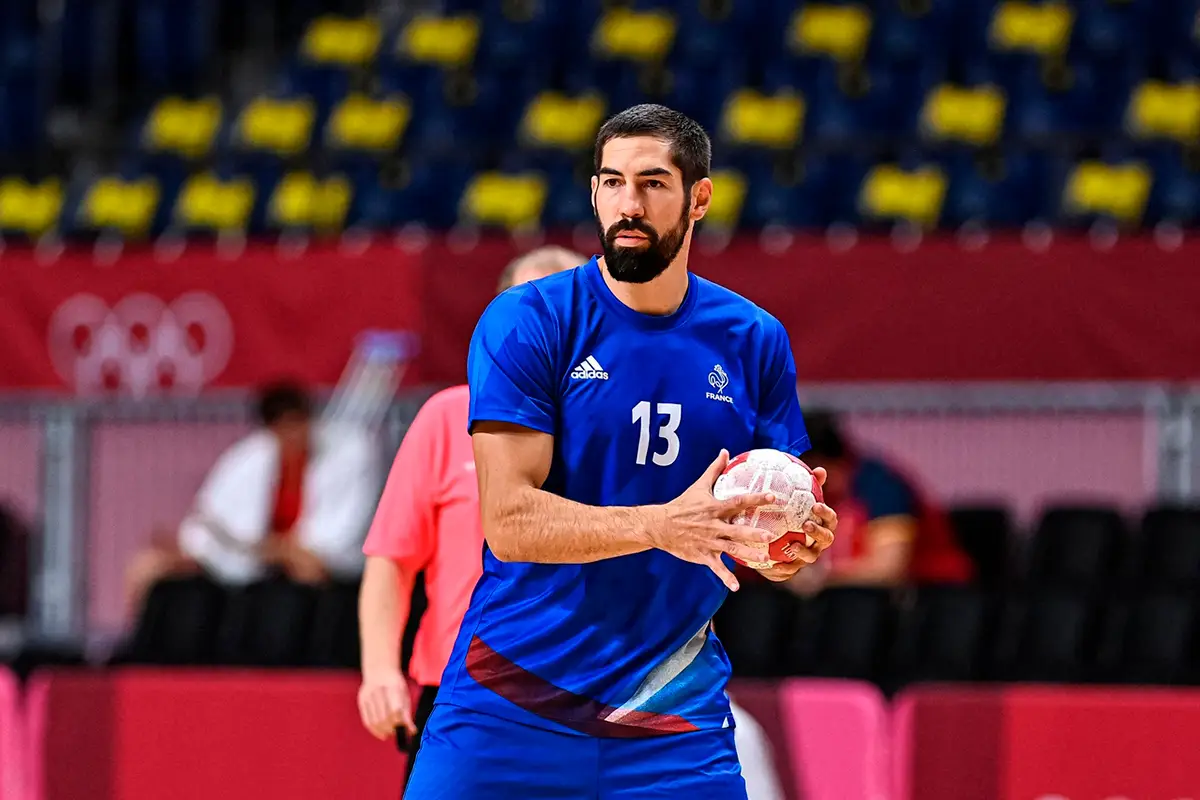
Handball legends – who are they? Names written in golden letters in history, athletes whose skills and charisma inspire millions. Great handball players become symbols of their eras, dictating new rules of the game. Statistics, technique, leadership qualities – every factor plays a decisive role. Some have shone in clubs, others have led national teams …
Enjoy the exciting moments of handball matches in the comfort of your home. Watching handball is an opportunity to relax, have fun and support your favorite team.
Working in the handball field opens up opportunities to realize your talents and passion for sports. This is a chance to be a part of the exciting world of handball, develop professional skills and contribute to your favorite cause.
Playing handball is a great way to keep fit, develop team spirit and enjoy the game. This is an advantage that allows you to improve your health and social skills.
This goal became a legendary moment in the history of handball. The player hit the goal with incredible accuracy and force, leaving the audience in awe. His skill and determination are forever etched in the memory of the fans.
During the World Cup, an unexpected incident occurred on the handball field, which attracted the attention of fans and became the topic of heated discussions. This case demonstrated the unpredictability and drama of sporting events.
This famous handball moment will forever remain in history. The player scores the decisive goal, causing a storm of emotions in the stands and in the hearts of the fans. This is an unforgettable event that will inspire generations of football players.

This handball blog was a real discovery for me. As a journalist, I appreciate the depth and objectivity of the information provided. He helps me understand the game better and enjoy it.

★★★★★
This handball blog has become a real source of inspiration and useful information for me. I learned a lot about my favorite game and improved my knowledge in this area.

★★★★★
I love this handball blog! The author writes so fascinatingly that I can't tear myself away. His articles are always full of interesting facts and insider information.

★★★★★